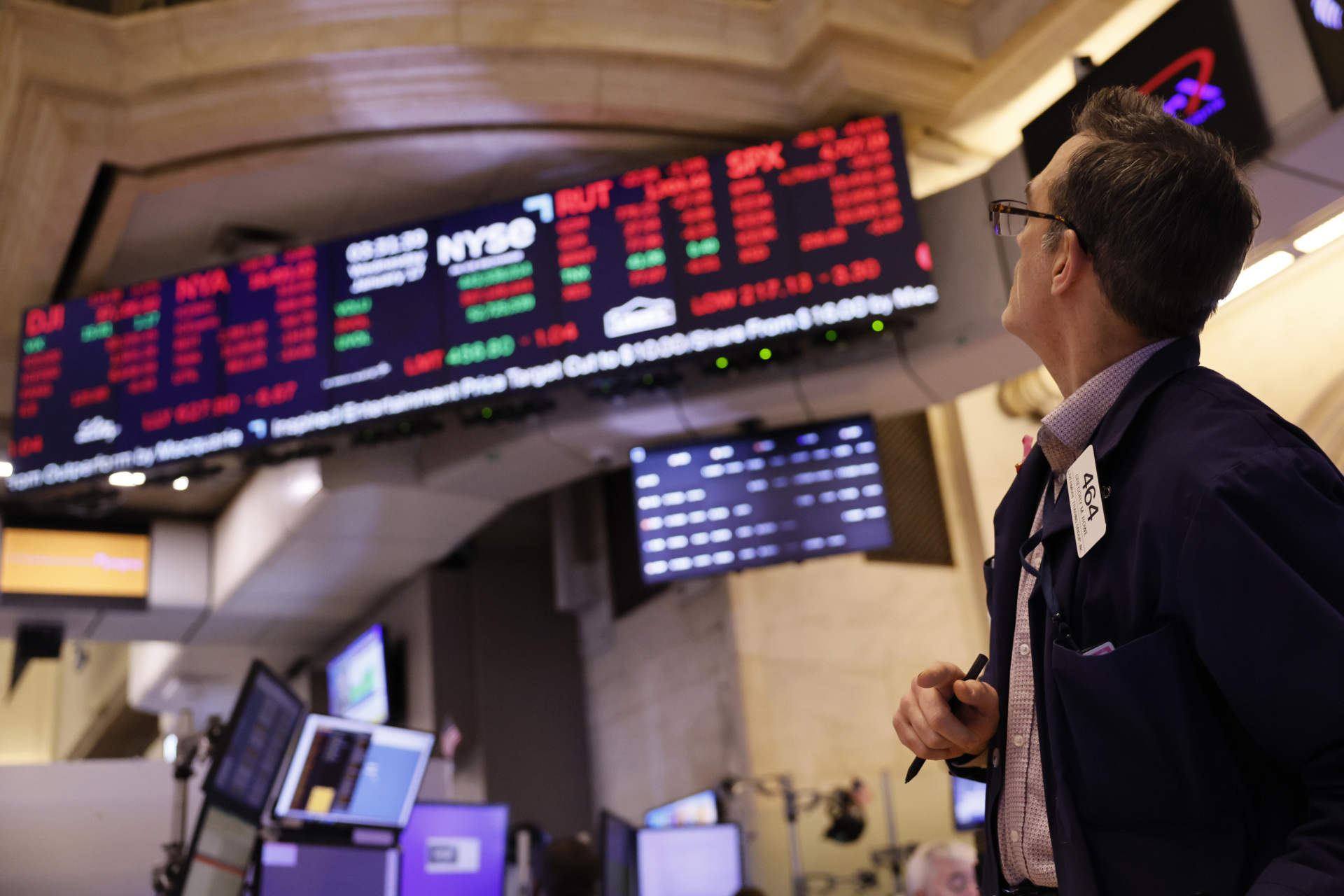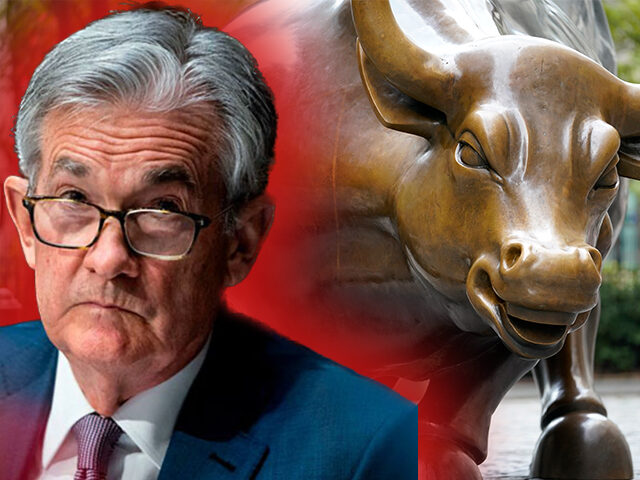The Eternal Sunshine of March Rate Cut Doves
Maybe the Federal Reserve should hang a sign outside the front windows of the Eccles Building on C Street in Washington, D.C. announcing that it will reopen for business in the fall.
Fed officials have said they are closely watching the data to determine when it might be appropriate to lower their target for the federal fund benchmark interest rate. Yet while the economic data has made it very clear that the economy did not slow by as much as anticipated in the fourth quarter of 2023, consumer spending is accelerating, and the labor market remains resilient, the market has clung to the conviction that a rate cut is coming at the second or third meeting of the Federal Open Market Committee (FOMC) this year.
As of Thursday afternoon, the market was still assigning a slightly better-than-even chance that the Fed will announce a rate cut at the first meeting in March. At 55 percent, according to the CME Group’s FedWatch tool, that has come down considerably since the 75 percent chance implied by swaps prices a few days ago. But it is still a very high probability for an event that increasingly seems unlikely.
There’s a better than 90 percent chance of a rate cut at the May meeting, according to the prices of fed funds futures. The only real debate on Wall Street is between those who think this will be the Fed’s first cut or its second cut. An alternative explanation is that some investors may believe the Fed will cut in March and pause in May.
The idea that the Fed will not have cut even once by the June meeting, five months from now, appears to have no credibility on Wall Street. The market implied odds that rates will be where they are today are currently zero. There’s just a seven percent chance that rates will be 25 basis points lower than the current target, a 42 percent chance they will be 50 basis points lower, and a 46 percent chance that the target will be 75 basis points lower.

Traders work on the floor of the New York Stock Exchange on January 17, 2024 in New York City. The stock market closed with a loss for the second straight day following the release of stronger-than-expected U.S. economic data from the Commerce Department. (Michael M. Santiago/Getty Images)
Since almost no one is still pushing the idea of a January cut, this means that the market thinks there’s a very good chance the Fed cuts at every meeting—there are three—between March and June. The more hawkish view is that the Fed will only cut at two of those meetings.
Cuts of Necessity and Cuts of Choice
Looking further out through the year, there’s a high level of confidence of continued cuts. The odds of a full percentage cut by the July meeting are at 43 percent. The odds of 125 basis points of cuts by September are at 40 percent. It’s only there that the market is pricing in a breather, with the odds of another cut in November—a sixth cut, or 150 basis points total—standing at only 27 percent. The six cut odds rise to 66 percent by the December meeting, however, including a 22 percent chance of seven cuts.
The markets are reflecting a view, in other words, that the Fed is likely to start cutting early and then keep cutting at each meeting.
But why would the Fed do this? History suggests that a cumulative cut of that size—150 basis points—typically only occurs when the Fed is trying to push against an economic slump. When a cutting cycle occurs during a “soft landing”—which is rare—the Fed on average only cuts 75 basis points in total. In other words, there is a big distinction between what could be thought of as cuts of necessity and cuts of choice.
Not coincidentally, the Summary of Economic Projections released after the December Federal Open Market Committee meeting showed that the median expectation for Fed cuts this year is for 75 basis points. Which is to say, three cuts.
This distinction between cuts of necessity and cuts of choice is what Fed Governor Chris Waller was talking about earlier this week when he said he saw no reason for the Fed to cut early or rapidly.
“In many previous cycles, which began after shocks to the economy either threatened or caused a recession, the FOMC cut rates reactively and did so quickly and often by large amounts,” Waller said. “This cycle, however, with economic activity and labor markets in good shape and inflation coming down gradually to 2 percent, I see no reason to move as quickly or cut as rapidly as in the past.”
When Doves Cry
On Thursday, we heard from one of the most dovish current voting members of the FOMC, Atlanta Fed President Raphael Bostic. He could not have been more clear about the timing of cuts.
“My outlook right now is for our first cut to be sometime in the third quarter this year, and we’ll just have to see how the data progress,” Bostic said in remarks to the Metro Atlanta Chamber’s board of directors, according to Bloomberg News.

Raphael Bostic, president and chief executive officer of the Federal Reserve Bank of Atlanta, speaks in Atlanta, Georgia, on Nov. 3, 2023. (Elijah Nouvelage/Bloomberg via Getty Images)
That would put the first cut at the July or September meeting. His mention that the Fed would then “have to see how the data progress” is important because it shows that once the Fed starts cutting, it will not necessarily keep cutting. It may decide to take time to watch how the first cut is received by markets and the economy.
If the Fed cut in July and skipped September, it would have three additional months of data to evaluate whether to cut again at the November meeting. Recall that the Fed skipped hiking last year after the July meeting, staying on pause for several months before communicating that it was likely done with rate hikes and evaluating the timing of cuts. A cut in July, a skip in September, and cuts in November and December would match the SEP median expectation of three cuts this year.
Even after Bostic’s remarks, however, the market-implied odds were still favoring a Fed cut in March. If the Fed does not cut in March, we may finally find out what it sounds like when doves cry.

COMMENTS
Please let us know if you're having issues with commenting.